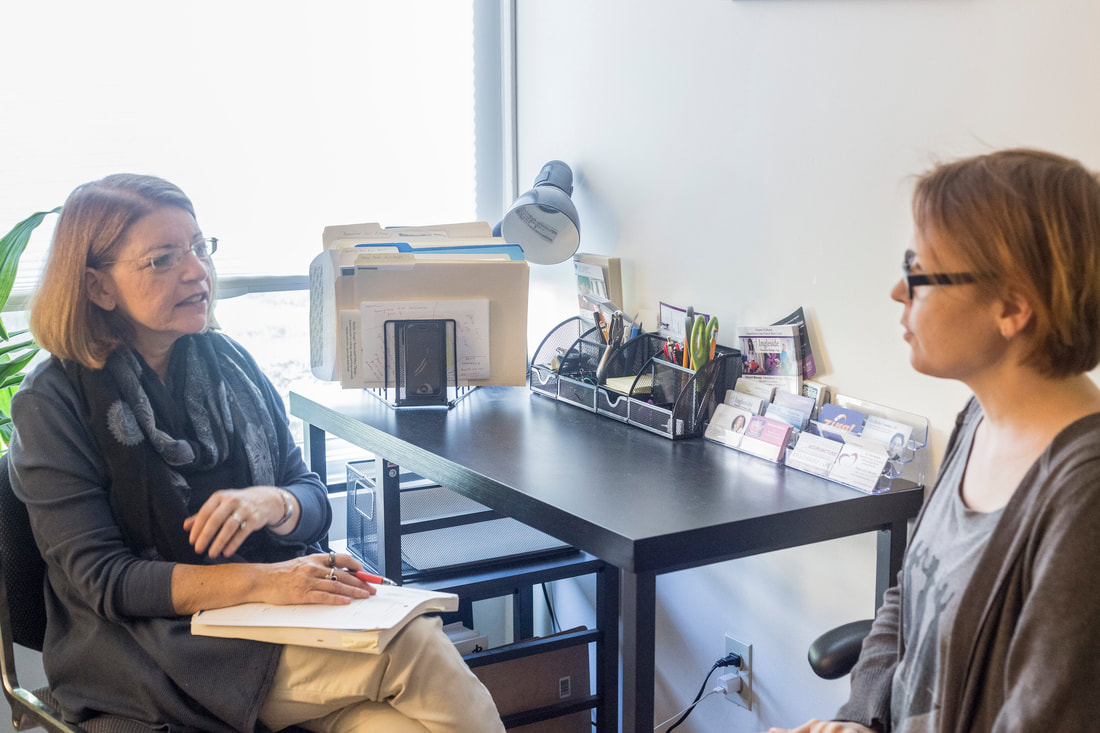 Have you heard the term “glimmers?” In books I’ve been reading about trauma, it is the opposite of triggers – those instances when we feel anxious and afraid. Our brains are wired to look for and remember those moments as a way to keep us safe. We learn pretty early in life not to touch a hot stove and to look both ways when crossing the street. We also remember the highlights of our lives – things like weddings and graduations, travel to faraway places and professional successes. But what about the smaller moments when the world seems to align and we feel safe and well-regulated? Deb Dana, a licensed social worker, called these moments glimmers. Though she specializes in complex trauma, the idea of glimmers can be used in the treatment of chronic pain. What if we brought increased attention to the times when we’re feeling physically good? Moments during the day when pain subsides. And what if we wrote down how we were feeling in those moments? To help you do this, I’ve created a file called “Tracking Glimmers.” You can download it by scrolling down on my forms page located here. Try using it for a week. Does anything shift for you? Feel free to send me an email and let me know what your experience is like. May you have more glimmers as you go through your day!
0 Comments
One of the real gifts of going through a kidney transplant, aside from the obvious, was being told that healing would take time.
No one expected that I would feel fine right away. They told me that I would have medical appointments and blood work each week for a month and physical therapy twice a week. After that initial month, PT would end and appointments would be every other week, then monthly. Because I was given this information, I was able to have reasonable expectations while I was going through the healing process. I could plan on taking time off from my practice to heal. When I felt like crap, I could tell myself that in a week or two, I would feel better. Having time was a real luxury. It’s one that I encourage you to lean into if you are struggling with illness, pain or distress. But how to do this in a 24/7 fast-paced world with all kinds of obligations? Here are my recommendations: -Make realistic expectations about the amount of time it will take to recover Begin by letting go of the need to recover immediately. Talk to your healthcare providers for some guidance. If no one knows the timeframe, begin by giving yourself a few weeks if you’ve suffered a minor injury and a few months for something more severe. -Get curious about what’s actually going on in your body It’s helpful to take stock. Write down a list of what symptoms are bothering you. If you’re more of a visual creative type, make a drawing of the areas where you feel pain. -Spend time each day engaged in something that leads towards your health Many injuries and bugs heal on their own. Initially, rest may be what your body needs most. Give yourself time for that. If you’re still not feeling better, there is a good chance that you’ll need to do something – contact a nurse or doctor, reach out to a complementary practitioner, do some gentle stretches, make some changes to your diet. In addition to these practical steps, it’s important to be in the right mindset. Set aside 5 minutes every day to imagine yourself feeling better. Before my transplant surgery, every time I was exercising on my bicycle trainer, I would imagine doing this post transplant. (I felt so great when that actually happened!) The brain and nervous system want you to befriend them. They function better when you give them care and support. -Add comfort to your life. Do something that brings you joy. Listen to a favorite song. Light a candle. Take a warm bath. It’s important to have moments where you feel good even in the midst of illness. -Prioritize your obligations. While your recovering, there will be many things that will go by the wayside. It’s important to choose what you absolutely need to do and what you can put aside for when you’re feeling better. When you consciously do this, you’ll feel more in control and less overwhelmed. -Track your progress Your body is always giving you information. Pay attention to what it is telling you. The easiest way to do this is to write down what you are experiencing. In my practice, I offer a booklet that I call “Roadmap to Health,” which contains monthly and weekly calendars. It’s helpful to have something that tells you your progress in a glance. Here’s a link to my booklet. Your favorite journal will also work. Feel free to share with me a time that you recovered from an illness or injury. And if you are still struggling, know that you can reach out. With you on the journey… Bonnie |
AuthorIn practice for over 20 years, Bonnie Diamond offers individualized, heart-centered care using a pain-free, Japanese style of acupuncture. Her work is influenced by her nine year struggle with and complete recovery from Chronic Fatigue Syndrome. Archives
April 2024
Categories
All
|
Serving Easthampton, northampton, Holyoke, Springfield, Chicopee, Westfield and Western Massachusetts
|
Hours are Tuesday-Thursday, 11am-7pm
|
247 Northampton Street, #27 Easthampton, MA 01027 781-718-6325 Get directions Get information on other complementary health resources recommended by Staying in Balance. Pioneer Valley Community Resources |
Copyright 2000-2022 All rights reserved.


